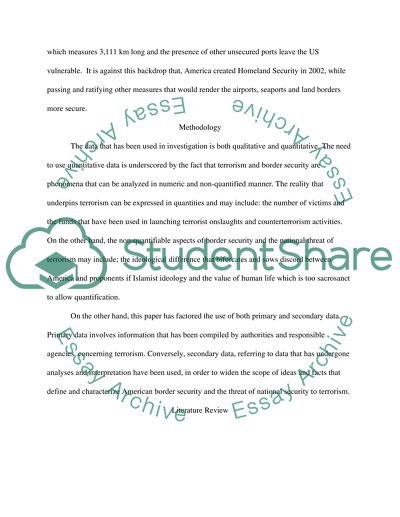Cite this document
(“Border Security and the Threat of Terrorism Essay”, n.d.)
Retrieved from https://studentshare.org/law/1393207-does-border-security-pose-a-real-national-security
Retrieved from https://studentshare.org/law/1393207-does-border-security-pose-a-real-national-security
(Border Security and the Threat of Terrorism Essay)
https://studentshare.org/law/1393207-does-border-security-pose-a-real-national-security.
https://studentshare.org/law/1393207-does-border-security-pose-a-real-national-security.
“Border Security and the Threat of Terrorism Essay”, n.d. https://studentshare.org/law/1393207-does-border-security-pose-a-real-national-security.


